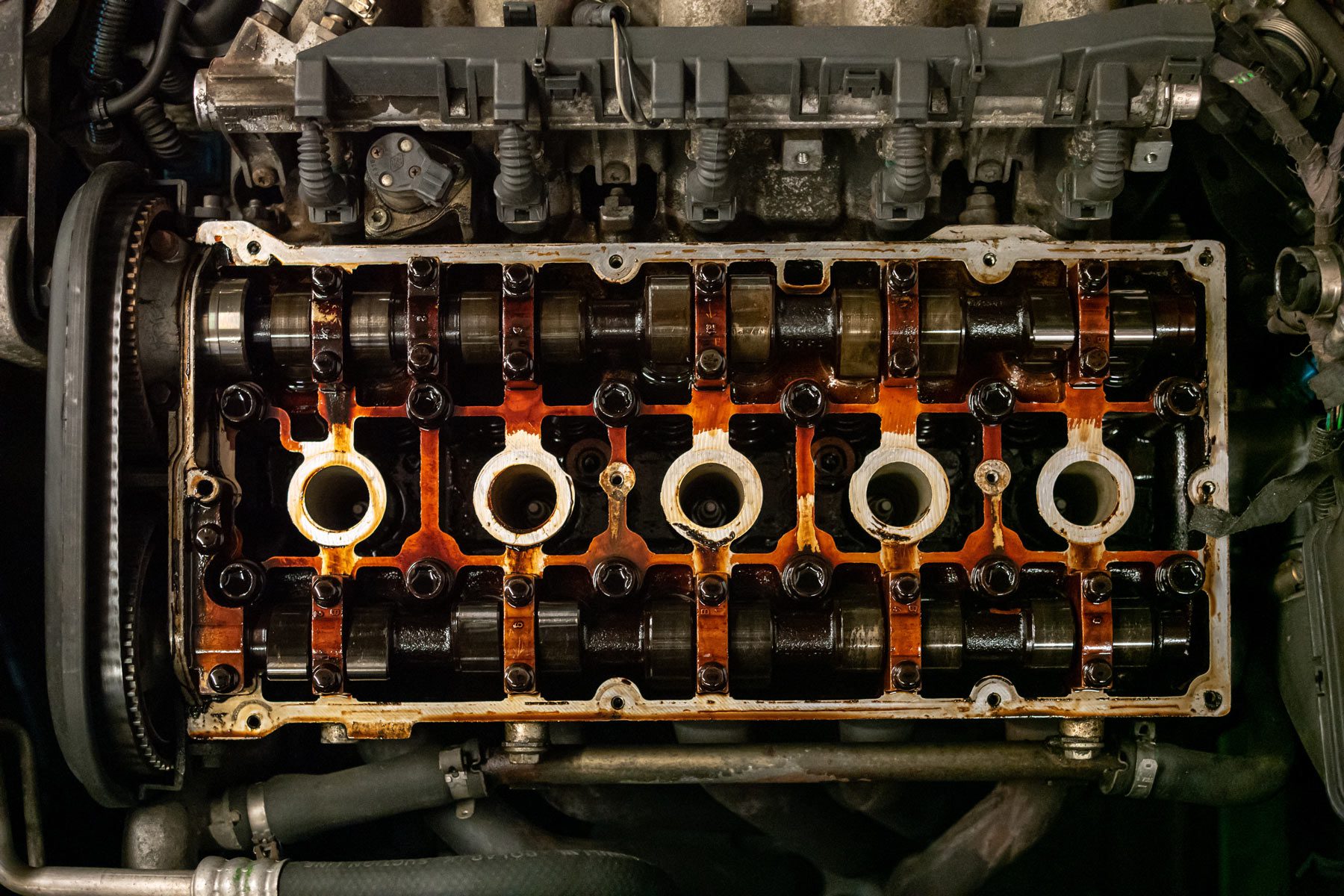Opel Corsa Engine: Top Tips for Maintenance and Treatment
Opel Corsa Engine: Top Tips for Maintenance and Treatment
Blog Article
Exploring the Inner Operation of a Compact Lorry's Engine System
As drivers, we typically take for approved the complex procedures that take place within the boundaries of our lorry's engine system. In this expedition of a small automobile's engine system, we will decipher the inner workings of this mechanical symphony, shedding light on the enigmas that drive us forward on our daily trips.
Burning Process Overview
The burning procedure in a portable automobile's engine system is an important device that effectively converts gas right into power to power the car. This process happens within the combustion chamber of the engine, where gas and air mix, fire up, and produce regulated surges. The burning procedure is composed of 4 major phases: intake, exhaust, power, and compression.
Throughout the consumption phase, the piston moves downward, reeling in a mixture of air and gas right into the combustion chamber. The next phase, compression, includes the piston relocating upwards, compressing the air-fuel mixture to raise its strength. Subsequently, in the power phase, the ignition system sparks the compressed mixture, causing a fast growth of gases that compels the piston pull back. This down movement generates the power needed to drive the lorry. In the exhaust stage, the burnt gases are expelled from the burning chamber with the exhaust valve, preparing the chamber for the following cycle. This cyclic combustion procedure is essential to the procedure of a small vehicle's engine system, ensuring reliable power conversion for propulsion.
Piston and Cylinder Interaction

The piston's exact fit within the cylinder is crucial for preserving optimal compression and protecting against power loss during burning. Limited clearances between the piston and cylinder walls make certain effective securing, allowing the piston to move efficiently without enabling gases to leakage past. Proper lubrication is additionally essential to reduce rubbing and put on between these elements, improving long life and efficiency.
Moreover, the layout and materials used in making the piston and cyndrical tube influence engine effectiveness and toughness. Modern engines typically use light-weight yet resilient products like aluminum alloys for pistons and cylinder liners to decrease inertia and enhance thermal effectiveness. In general, the harmonious interaction in between the piston and cyndrical tube is basic to the engine's capability and overall efficiency.
Gas Shot System Capability
Gas shot systems in compact automobile engines play a vital role in precisely supplying fuel to the burning chamber for effective and controlled ignition. The gas injection system operates by injecting gas into the burning chamber at the optimal minute during the engine's procedure (opel corsa engine). This precise timing makes certain that the fuel blends uniformly with the air for correct combustion, bring about improved gas efficiency and lowered emissions
There are mostly two kinds of fuel shot systems utilized in compact lorry engines: port gas shot (PFI) and direct gas shot (DFI) PFI systems infuse fuel into the consumption port prior to the intake valve, while DFI systems infuse fuel straight into the burning chamber. Both systems have their advantages, with DFI supplying better gas atomization and PFI providing a more cost-efficient option.
Comprehending Engine Cooling Devices
Reliable operation of a small car's engine relies greatly on find out the performance of its cooling systems. The cooling system in a portable automobile commonly is composed of a number of components functioning with each other to regulate the engine temperature level. Recognizing these engine air conditioning mechanisms is essential for keeping the performance and longevity of a portable car's engine system.

Exhaust System Elements Explained
The optimum performance of a small vehicle's engine air conditioning devices depends upon a complementary system called the exhaust system, which consists of numerous vital components for ensuring effective emissions and engine efficiency. The exhaust system consists of components such as the exhaust manifold, catalytic converter, muffler, and tailpipe. The exhaust manifold accumulates exhaust gases from the engine's paths and cylinders them to the catalytic converter. The catalytic converter after that converts unsafe contaminants in the exhaust right into less hazardous exhausts before launching them through the muffler and tailpipe.
One vital element of the exhaust system is the oxygen sensor, which monitors the oxygen degrees in the exhaust look at this now gases to help control fuel intake and guarantee optimum engine performance. opel corsa engine. Furthermore, the resonator may exist in some exhaust systems to reduce noise degrees. On the whole, the exhaust system plays an important duty in preserving engine efficiency, decreasing hazardous exhausts, and making sure a quieter driving experience for compact lorry proprietors

Verdict
To conclude, the portable vehicle's engine system is an intricate combination of parts that function together to assist in the combustion procedure, transform fuel right into energy, and expel waste gases. Recognizing the inner workings of the engine system, including the piston and cyndrical tube communication, gas injection system, engine cooling mechanisms, and exhaust system elements, is vital for check these guys out keeping optimal performance and effectiveness of the automobile.
The burning procedure in a portable lorry's engine system is a vital system that successfully converts fuel into energy to power the car.Gas shot systems in portable lorry engines play a crucial function in specifically supplying gas to the combustion chamber for controlled and effective ignition.There are mostly 2 kinds of fuel injection systems used in compact car engines: port fuel injection (PFI) and direct fuel shot (DFI) Recognizing these engine air conditioning devices is essential for keeping the performance and longevity of a compact vehicle's engine system.
The optimum performance of a portable automobile's engine air conditioning systems depends on a corresponding system recognized as the exhaust system, which consists of numerous essential components for guaranteeing efficient emissions and engine performance.
Report this page